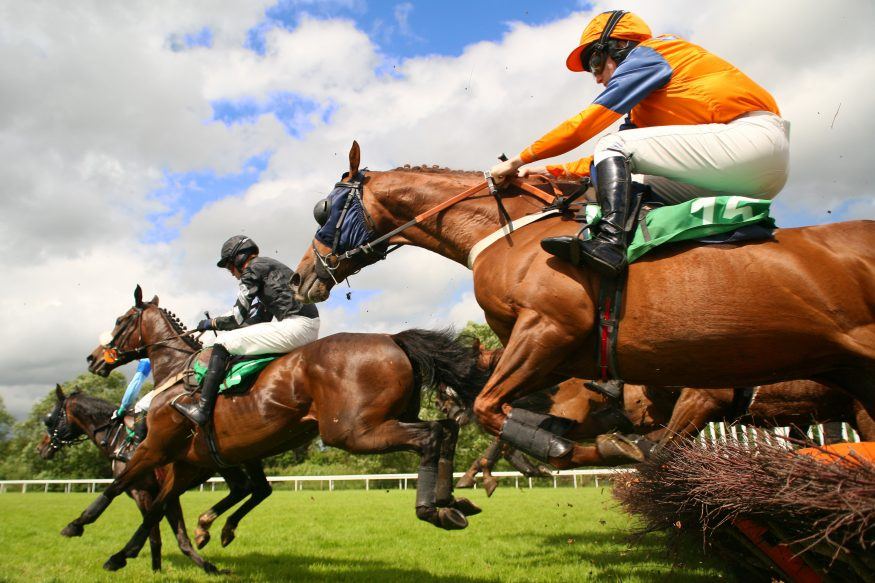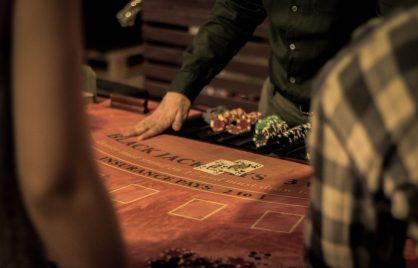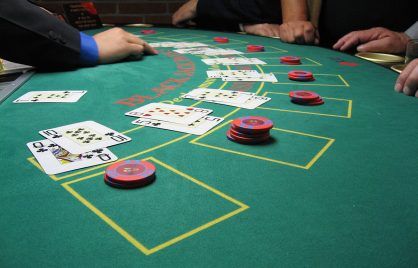How To Bet Late In Horse Racing

Holding your nerve and being able to bet late in horse racing takes skill and practice.
You can read and know all the form beforehand, but if you are watching live at a racetrack you may spot something.
Bettors who are on course could have the edge over those gambling on the races away from the track, thanks to the opportunity to see horses parade before a race and on their way down to the start.
Read on to discover our step-by-step guide on how to bet late in horse racing.
1. Pick Out Horses To Follow Beforehand
There is plenty of preparation you can do before a horse race.
From buying programs and a Daily Racing Form/pro racecard upon arriving at the track to studying the form yourself in advance, the more research the better.
This allows you to make informed decisions about the horses running in a race.
It’s worth creating a shortlist from the field of runners based on what you have learned beforehand, so you can focus on watching their behavior in the paddock and other preliminaries.
Keeping a close eye on the betting market to see which horses are fancied and noting any changes is also important.
If a favorite has been weak on the morning of the race, that could suggest it may not be 100%. You will be able to confirm that yourself when you observe horses parading.
Noting the weather and conditions is another area of consideration.
While this may alter during racing, racetracks always announce a change in going – just like they do with non-runners and jockey changes.
They will also tell you what the ground is like on course for racing before the day’s action begins.
Pay attention and use this information to your advantage.
Certain horses perform better in certain conditions. Softer or sloppier going, depending on whether races are on turf or dirt, can make even shorter distance races into greater tests of stamina.
One or other of these terms will be uses to describe the going:
- Firm
- Good
- Soft
- Yielding
- Heavy
- Fast
- Wet Fast
- Standard
- Slow
- Muddy
- Sloppy
- Sealed
All of these factors, plus stable, jockey and horse’s form, are things you have to weigh up in advance of a horse race.
2. Bring Binoculars
It might seem a bit old school to have wide angle binoculars, but serious horse racing bettors who are regulars at the track use them.
These allow you to zoom in and get a really good look at horses.
You may spot something while keeping your eye on a fancied runner that others haven’t. Racetracks are large places and not everything is going to be within the range of your normal eyesight.
In order to enhance your viewing of the race – and the horses’ behavior beforehand – it makes sense to take binoculars with you.
You are giving yourself the best chance of seeing all the action, both before and during the races.
3. Put Yourself In The Right Place
Location is key to being able to bet late in horse racing.
Positioning yourself where you have a view of the parade and also the horses going down to start, but also within striking distance of a betting window or automated teller, is vital.
You need quick access to everything.
Even if you are betting online, then you need to be in a place where the large body of people that is the crowd of racegoers won’t interfere with the internet signal and connection, so you can get your bet on.
It can be very beneficial to look in advance at the layout of the racetrack.
If you know where everything is and have a sense of where is best to position yourself, then you can literally be better placed to see everything you need to.
4. Watch The Horses In The Preliminaries
Although you have a shortlist in mind, judging all the horses dispassionately and irrespective of the market in the paddock and on their way to start is your next step.
It’s often overlooked that racehorses are like people – everyone is different.
Consider the following:
- Is any horse playing up, sweating or misbehaving in the paddock? It may be normal for horses to get excited as they are aware that they are about to race. However, this isn’t the case for them all.
- Does a horse have just one handler taking it around the parade in the paddock? If there are two, then this suggests it may not be so well-behaved in the preliminaries.
- On the way down to the start, is a horse being kept apart from the others? Races involve groups of horses running against one another and, if they can’t settle beforehand, that may be a negative.
- Consider the way a horse carries itself. A low or angled head carriage, or excessive bucking suggest it may be highly strung.
- Look at how the jockey is riding a horse on its way to start. If they are straining on the reins to keep it in check, then that may be an indication of a headstrong horse.
Make a mental note of the behavior of the horses, even those who aren’t on your shortlist.
Now it’s time to decide.
5. Reduce Your Shortlist
Based on what you have observed in the preliminaries and through your binoculars, it’s time to eliminate horses from the shortlist and settle on the one you’re going to bet on.
Unruly horses are the most obvious to discount, depending on whether that behavior is unusual for them or not.
A horse that is controlled but vibrant and moving easily down to the start under its jockey is ideally what you are looking for.
Now refresh yourself with the form and see if conditions and past performances support what you’ve seen.
6. Check Out The Odds On Offer
Now it’s time to consult the betting market once again.
Your chosen horse may have seen its odds shorten as other observers spot what you saw, or the bookmakers may have been slow to react.
Either way, don’t panic.
Although frustrating to miss bigger odds, remember that the racehorse’s price coming in is a good sign because the market is speaking for them.
Alternatively, just because a price drifts and gets larger doesn’t mean the horse won’t win.
There may be a hot favorite in the race that you as a bettor want to take on.
If the market remains in favor of that horse, then you may be getting even better value on the wager you’re going to place.
It’s always worth comparing the prices available on track to those online (hence you need to avoid the crowds to make sure you’ve got decent 4G).
A look at the betting exchanges can also prove informative. If fixed odds prices aren’t in line with these, then you may be ahead of the game.
Remember, you don’t just have to bet on a horse to win.
There are also plenty of other race and exotic bets available, depending on your level of gambling expertise and the situation.
7. Place Your Bets
You may have to queue to get your bet on if you are gambling at the track.
That means it’s worthwhile to write the ticket out in advance, so you can you make the process at a betting window as quick as possible.
Having blank betslips or tickets with you to write out your chosen bet is fine.
You aren’t able to do this with an automated teller, but these are simple to use as an alternative means of betting on-track once you familiarize yourself with them.
Betting online is much easier for times when you want to bet late in a horse race.
This is because there are no queues. All you need is a decent internet connection and the betting app or website loaded on your smartphone or tablet.
We hope you enjoyed our guide and picked up some of the basic tips for betting late in horse racing.
You might still have a few questions, so we’ve included some FAQs below:
How late can I bet on a horse race?
This depends on your betting method. Bookmakers on track and online will suspend the market once horses come under starter’s orders.
For a Flat race, no further bets are taken once all horses are in the gates. Betting online is available pretty much right up until the last second.
What are the benefits of betting late on a horse race?
The benefits of betting late are that you have the maximum amount of information to go on and you had the opportunity to see all the horses yourself.
Placing bets beforehand means you haven’t seen how the horses are behaving – vital information before a race.
… And the drawbacks?
There are some potential downsides to betting late. A horse’s odds of winning the race may shorten if they were well-behaved in the preliminaries and other fancied runs played up.
You may have picked out a horse at better odds earlier in the day and missed them. That is the chance you take when you bet late.
Can I win more money by placing a bet late?
This depends on how the betting market has unfolded on a race.
Sometimes, leaving it late works in your favor and you get better odds and a bigger return, but on other occasions it works against you.
You develop betting judgment over time and decide to whether gamble on a price still being there shortly before a race begins, or take the odds without seeing the horse parade.
Knowledge is power when it comes to making money off horse racing. Keep up to date with Casino.org’s horse racing news, or check out our blog posts on the biggest horse races in the world and the top 10 jockeys.


